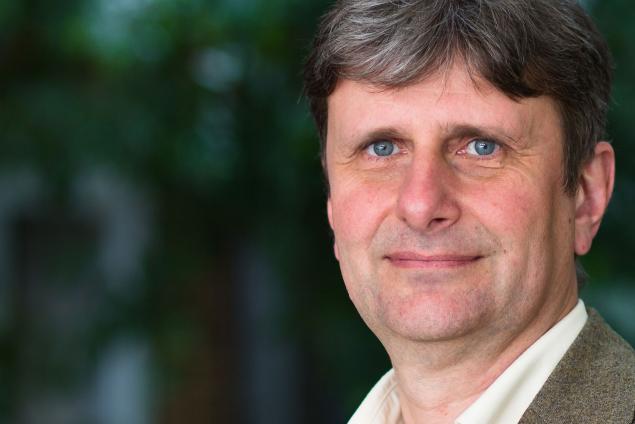Scroll to Section:
Our genes only make up about one or two percent of the human genome; the rest of the genome contains other functions including how the genes get activated. In current understanding, this regulation of the genes contains the key to the complexity of human development. Many parts of the human genome, not only the genes, get transcribed and the function of these thousands of transcripts is not yet understood. This is a question UWE OHLER is interested in. In this video, he specifically addresses the question of how many of these different transcripts actually get translated into proteins. Using new sequencing technologies the researchers around Ohler have obtained large genomics data sets with lots of noisy data. Responding to this challenge they successfully developed computational approaches to make sense of them. They thus found new insights into the gene regulation process and answers to the puzzle of non-coding transcripts.
DOI:
https://doi.org/10.21036/LTPUB10588
Institution

Max Delbrück Center for Molecular Medicine
'The Max Delbrück Center for Molecular Medicine in the Helmholtz Association was founded in January 1992 on the recommendation of the German Council of Science and Humanities (“Wissenschaftsrat”) with the goal of linking basic science to clinical research. The Berlin Institute for Medical Systems Biology (BIMSB) is an expansion of the MDC into Medical Systems Biology. The MDC integrated parts of three former Central Institutes of the GDR Academy of Sciences and was named for Max Delbrück, a physicist, biologist, and Nobel Prize winner. Currently the institute employs more than 1600 people from nearly 60 countries; over 1300 of those are directly involved in research. The MDC’s annual budget is over 80 million Euros, along with substantial third-party funding obtained by individual scientific groups. As is the case with all Helmholtz institutes, the MDC receives 90 percent of its funding from the federal government and 10 percent from Berlin, the state where it resides.' ( source )
Show more
Original publication
Integrative Classification of Human Coding and Noncoding Genes through RNA Metabolism Profiles
Nature Structural & Molecular Biology
Published in 2017
Detecting Actively Translated Open Reading Frames in Ribosome Profiling Data
Nature Methods
Published in 2016
Reading recommendations
Functional RNA Classes: A Matter of Time?
Nature Structural & Molecular Biology
Published in 2017
Illuminating Translation with Ribosome Profiling Spectra
Nature Methods
Published in 2016
Beyond
A Ground-breaking Scientific Revolution
An Alarming Challenge for Society
If I Had a Second Life
A Personal Reading Recommendation




